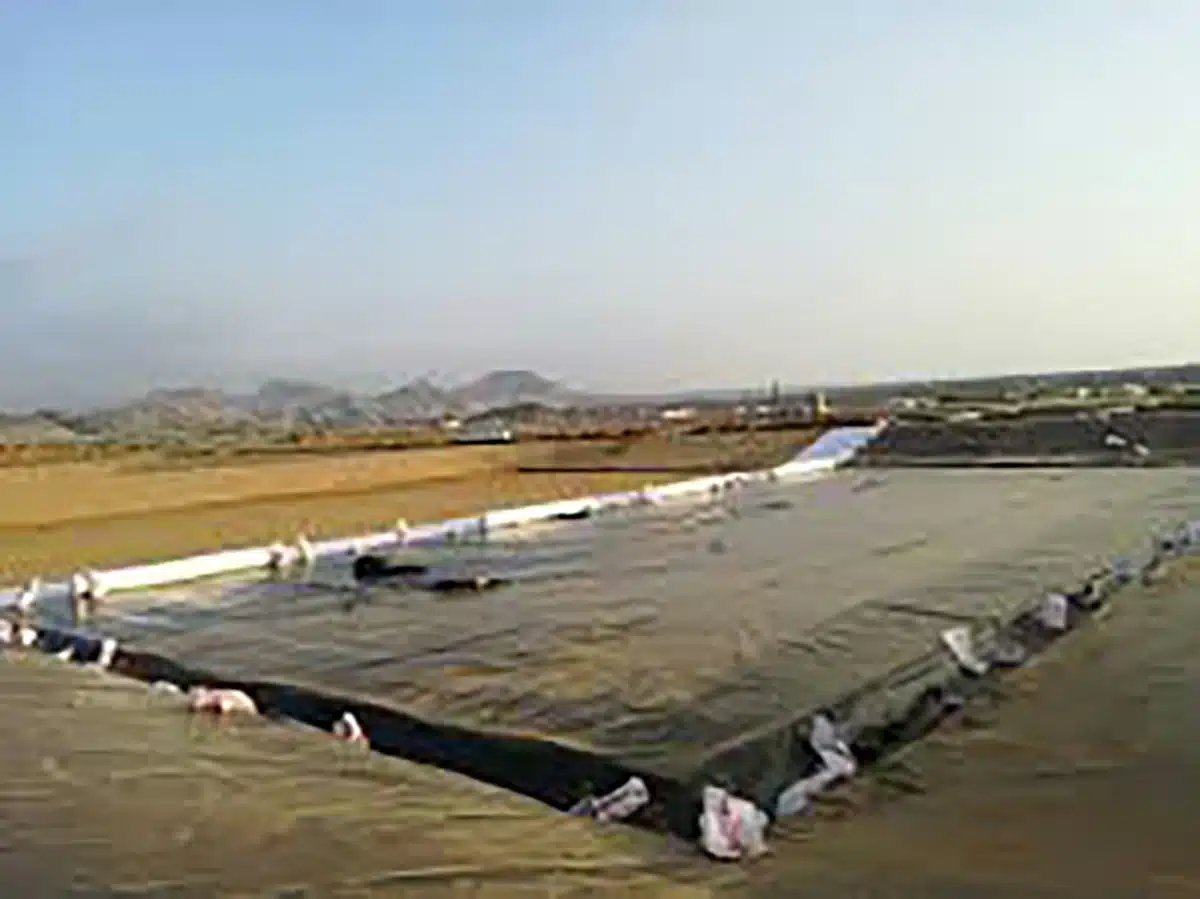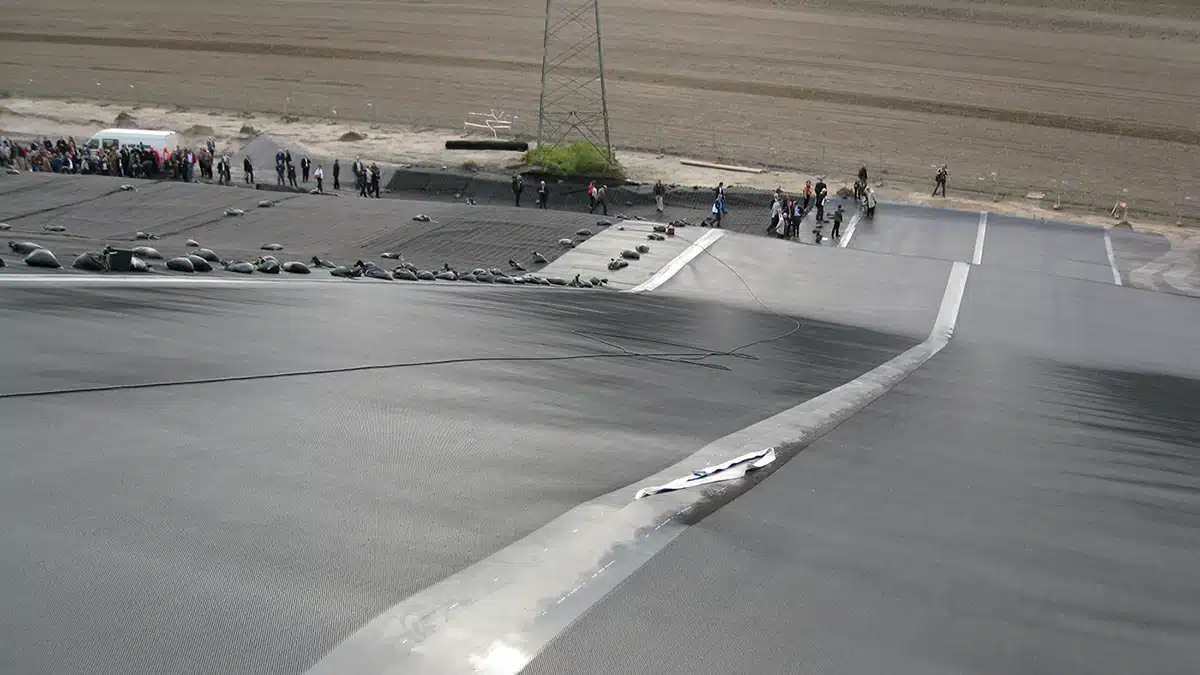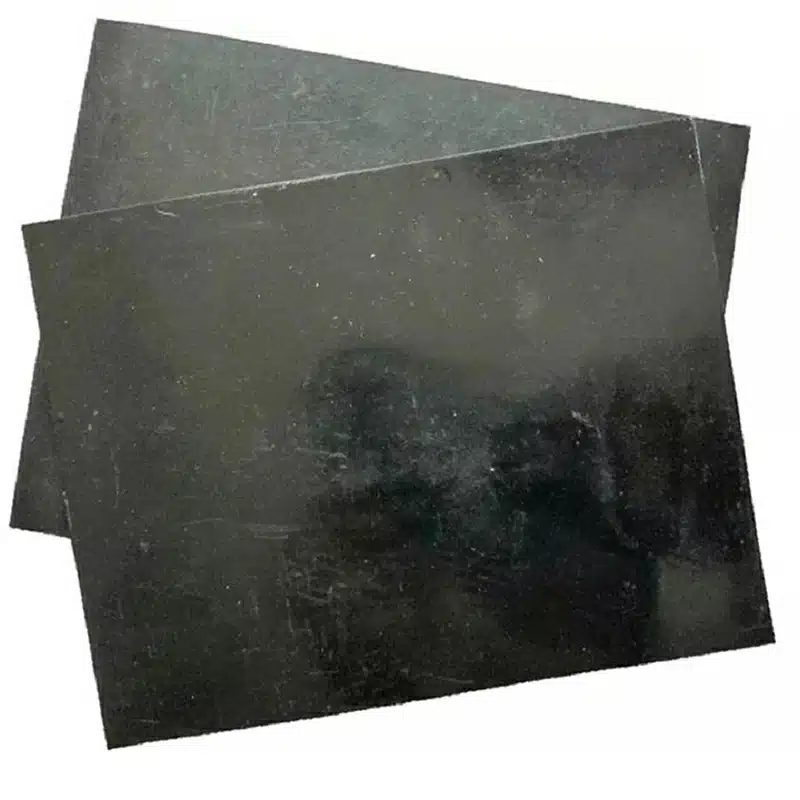+86-159 9860 6917
info@geofantex.com
geofantex@gmail.com
+86-400-8266163-44899
In the quest for sustainable water management solutions, the role of advanced materials cannot be overstated. Among these, drain liner geomembranes have emerged as a pivotal technology, offering unparalleled efficiency and reliability in protecting and managing our most precious resource: water. This article delves into the science and application of drain liner geomembranes, shedding light on how they work, their benefits, and why they are becoming an indispensable part of modern infrastructure projects.

What is a Drain Liner Geomembrane?
A drain liner geomembrane is a type of synthetic membrane used primarily for water containment and drainage applications. Made from materials like high-density polyethylene (HDPE), low-density polyethylene (LDPE), or polyvinyl chloride (PVC), these geomembranes are designed to be highly impermeable, making them ideal for preventing water leakage in a variety of settings, from agricultural fields to construction sites. Their flexibility and durability also mean they can adapt to various terrains and weather conditions, ensuring long-term performance.
How do Drain Liner Geomembranes Work?
Drain liner geomembranes function by creating a barrier between the ground and the water, effectively preventing the water from seeping into the earth. This is crucial in applications like landfills, where preventing leachate from contaminating groundwater is essential, or in agricultural reservoirs, where water conservation is key. Additionally, these geomembranes can be part of a drainage system that collects and redirects water, thereby controlling water flow and distribution in managed landscapes.

What are the Benefits of Using Drain Liner Geomembranes?
The benefits of using drain liner geomembranes are manifold. Firstly, they significantly reduce the risk of groundwater contamination, thereby protecting the environment and public health. Secondly, they conserve water by minimizing leakage, which is especially critical in areas facing water scarcity. Furthermore, their durability and resistance to harsh chemicals and weather conditions make them a cost-effective solution for long-term projects. Lastly, their versatility allows for application in various projects, including agricultural, environmental, and infrastructural developments.
Where are Drain Liner Geomembranes Commonly Used?
These geomembranes have a wide range of applications across various industries. Common uses include, but are not limited to, landfill liners, to prevent leachate from contaminating groundwater; in mining operations, to contain toxic runoff; in agricultural ponds, to prevent water loss; and in civil engineering projects like roadbeds, tunnels, and underground structures to protect against water damage. Additionally, they are used in the construction of artificial lakes, ponds, and even in some horticultural settings to create controlled environments.
Drain liner geomembranes represent a critical advancement in the field of water management, offering effective solutions for water conservation, contamination prevention, and infrastructure protection. Their ability to function in diverse conditions and applications underscores their importance in contemporary environmental and agricultural projects. However, as with any technology, it’s crucial to balance their benefits with environmental considerations, ensuring that their use contributes positively to sustainable development goals. As research continues and technology advances, the future of drain liner geomembranes looks promising, with the potential for even greater efficiency and environmental compatibility.



Get Free Sample
We’ll respond as soon as possible(within 12 hours)






















